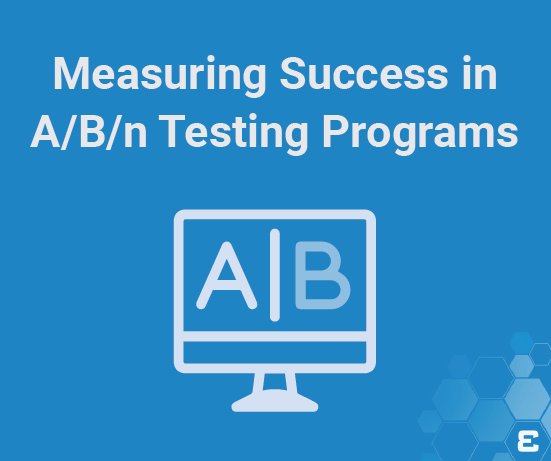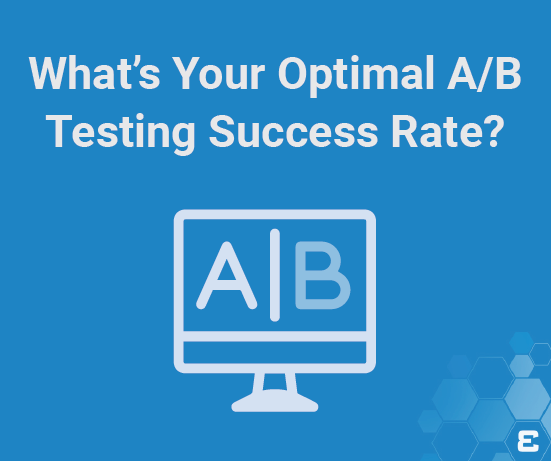Why you may not know Election Day results when you go to bed on election night
This Is Democrats’ Doomsday Scenario for Election Night

It is possible that we will not have a definitive winner of the Presidential election on election night since Democrats tend to vote by mail more than Republicans, and Republicans tend to vote in-person more than Democrats – and there is data that backs this up. In Texas’ primary runoff this year, for example, Democrats were three times more likely to vote by mail than Republicans, and the same holds true in a poll conducted in Wisconsin by Marquette Law.
One of the biggest challenges this election cycle faces is tallying all the votes in a timely manner: 34 states don’t start counting mail-in ballots before Election Day, and 11 don’t even begin processing mail-in ballots until Election Day. This means that, on the day of the election when CNN, Fox, and NBC are presenting the results on television, a majority of mail-in ballots may be excluded from the tallies.
Why do we care? Well, as it turns out, it could be over a month before the official results are posted, as was the case in New Jersey’s primary this year. This is especially worrisome when swing states Michigan, Pennsylvania, and Wisconsin are a part of the 11 states that don’t even process mail-in ballots until the day of the election. If states experience delays in tallying like the one after the Iowa Caucus, it could be closer to Christmas than Election Day before the final count is in.
What data will be presented on Election Day?
If you are planning to host a socially-distanced watch party this year, you may now be wondering what exactly you will see the talking heads discuss as everyone waits for Hawaii to count their votes — it won’t be official election results on the screen.
There are three sources that drive Election Day results reporting: exit polls, sample precincts, and forecasts.
Exit Polls
These polls typically consist of a systematic random sample of voters as they leave the polling stations, or are conducted over the phone to capture absentee and early voters. However, since these are polls, there are margins of error and the possibility of misinformation being provided in the polls. While exit polls do consider absentee voters in their results, they are prone to inaccuracies. In 2016, for example, Newsweek reported that
exit polls showed Trump losing in North Carolina by 2 points, Pennsylvania by 4.4 points, Wisconsin by 3.9 points and Florida by 1.4 points. After the official and final election results came in, Trump beat Clinton by 3.8 points in North Carolina, 1.1 percent in Pennsylvania, 0.9 percent in Wisconsin and 1.3 percent in Florida.
Newsweek
In other words, in four major swing states the average difference between exit polls and the final results swung four points in the favor of Trump, accounting for 74 electoral votes that, based on exit polls, would have gone to Clinton and potentially given her the Electoral College. So, be wary of exit poll data – it is better used to understand the demographics of voters and why someone chooses a specific candidate, rather than how they voted.
Sample Precincts
For those that may not be familiar with a precinct, it is the smallest voting unit in a city or county based on the voting station location. For example, Evolytics is located within Platte County, in the city of Parkville, in Precinct 5. To generate the sample precincts used in models, Paul Lavrakas (Encyclopedia of Survey Research Methods 2008) explains that a sample of representative precincts is selected and put onto a list, then a probability sample is taken from that list. The data is usually stratified, using qualities such as race or ethnicity and historical voting records, to achieve higher precision estimates.
Unfortunately, while a sampling of precincts may be a more accurate indicator of election results than exit polls, they are inherently flawed when considering election results. The election is based on the entire population of each state, not a random sample of citizens in the United States. Even then, the winner depends on electoral college votes rather than representative population results. Additionally, precinct sampling may not account for mail-in voters, especially in states where those ballots are not counted until the Wednesday after polls close, such as Maryland. Since mail-in ballots will make up a larger portion of the electorate this year, this adds uncertainty to any polling result.
Forecasts and Models
We discuss the benefits and drawbacks of forecasting election results in another blog post in this series. For a brief summary, though, forecasts that consider state-level results to project electoral votes tend to be the most accurate. Keep in mind that forecasts do not ensure the most likely event will happen when looking at the results (such as the 2016 election), and that there is still a chance the low-probability event will occur.
Don’t Take Election Night Results to Heart
If you were planning on voting after work, and you heard that your state was voting majoritively Republican, would you still go vote? Or maybe every forecast and model shown on the news says that Democrats are going to win the election handily. Would you still feel like your vote counts? For some people, seeing or hearing early projections can cause them to vote differently, or to not vote at all.
The real effect of early exposure to forecasted election results are hotly debated. Some studies show voter turnout increases when a race is considered close; as soon as it appears that a person’s preferred candidate is a frontrunner or trailing, that voter is less likely to participate in the election. That said, similar studies found that exposure to early results only changes how much a voter likes a candidate, not their likelihood of voting. These studies, while they come to different conclusions, both agree that there is a real impact to voters’ beliefs when shown premature election results.
Additionally, showing early results on Election Day generally excludes mail-in voter sentiment. During the 2018 midterm elections in California, for example, a number of federal Representative seats looked sure to be a Republican win the morning after the election, with Republican candidates leading by as much as 4,000 votes (or 14 points). However, once the mail-in ballots were tallied, nearly all of the margins of victory for Republicans were slashed, with Democrats winning the races.
This won’t always be the case, but it does highlight the issue with showing results before the final votes are tallied: these types of polls do not necessarily reflect the beliefs of the population and can exclude large swaths of early voters and mail-in voters. Further, people who agree to take exit polls tend not to be representative of the population at large and generally skew Democratic since older voters (who skew Conservative) tend to avoid the exit polls.
While these points may seem contradictory, it emphasizes the fact that what you see on Election Day may not be the full picture – there is too much room for variance to trust anything reported until every vote is tallied. Ignore what the polls and forecasts say when considering if you should vote: it is more important to make sure that you get your vote tallied, as your vote is what decides the outcome, not a model.
When The Final Election Results Will Be Known
While determining who will win this election is the hardest question to answer, when will we know who won this election is a close second, especially in 2020. In 2016, roughly 20% of voters chose to mail-in their ballots. In 2020, experts anticipate that number to be closer to 50%. If we look at when a state held their Primary and when the final results were shared, we see a huge range in the lag for final results. Only nine states had their final results within 10 days of their Primary, while 40 states had to wait at least a full month before the final tally was known, and 14 of those 40 had to wait at least two months.
The average wait time for Primary election results? 42 days. The map below shows the lag between the day of the Primary and the final count of ballots per state during the Democratic Primary.
To complicate this, the lags presented don’t account for the states that voted before COVID shut down their state. We’ve catalogued when each state declared a shutdown, and only 20 states declared a shutdown before their Primary date. Additionally, of the 30 states that were not shut down pre-Primary, 11 received at least 50% of ballots by mail in the 2016 election.
There is some bias here — if a state receives that many ballots by mail in a normal election cycle, then they likely have the infrastructure to receive and count a larger number of mail-in ballots this year. That said, are they able to handle 50% more mail-in ballots if the expected national trend holds true in the state, especially when there are concerns about how USPS will be able to handle the volume of mail-in ballots?
This is all to say that we don’t have a clear timeline for getting the results for this election cycle. 27 states have been given a score of C or lower for their mail-in ballot readiness, and this only spells delays for when the final tally comes out. If we look towards the lag seen in the primaries, which typically have lower turnout, or even the expert analysis of what could happen this election cycle, we could be waiting for weeks to hear the official result.
Data-Informed Voter Series
The Data-Informed Voter Series is a 2020 passion project for a team of Evolytics analysts. We aim to be as politically neutral as possible while discussing the data, implications, and interpretations we see in the news. We discuss topics as a pseudo-editorial board with the aim of informing voters on how a professional analyst would interpret data during an election cycle. This project team consists of John Carney, Jay Farias, Liam Huffman, Brian Johnson, Anoush Kabalyan, Laura Sutter, and Krissy Tripp.
Related Data Stories Blog Posts
Data stories from the experts.

Measuring Success in A/B/n Testing Programs
The Whole is Greater than the Sum of its Parts The results of your latest A/B/n test are in-hand, they’re…
 Increasing revenue seems relatively easy in a growing economy and roaring stock market. Amid ideal market conditions, consumers and businesses…
Increasing revenue seems relatively easy in a growing economy and roaring stock market. Amid ideal market conditions, consumers and businesses…


